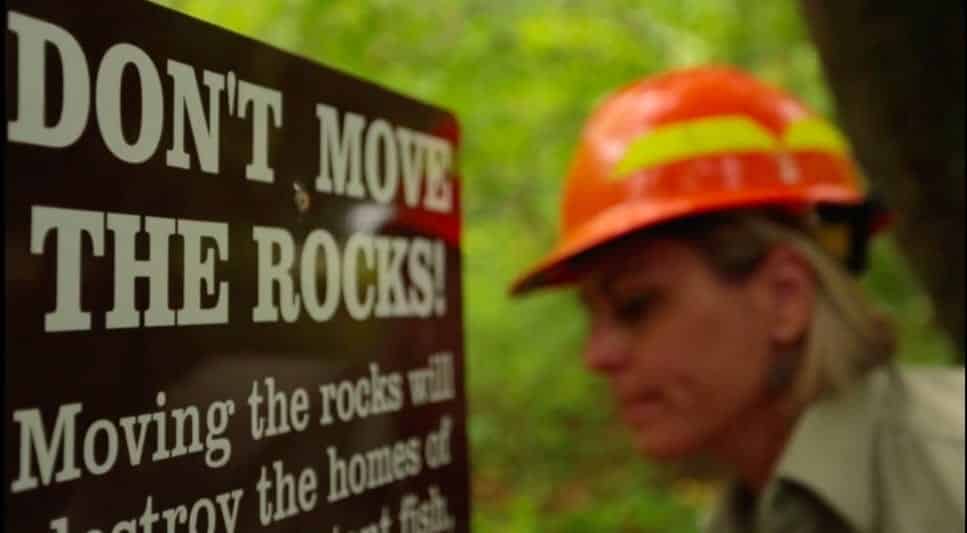Disclosure: This content may contain affiliate links. Read my disclosure policy.
TL;DR — Building cairns disturbs fragile, sensitive habitats and stresses whatever environment they’re built in. I didn’t know people also built them in streams…
Cairns have been used for hundreds of years to mark routes, boundaries, and important sites. However, these days, in the Catskills and Adirondacks, we rarely need them. Thanks to the DEC, DEP and many superb local groups, we have great way-findings support in our trail signs and blazes.
Smithsonian: Conservationists want you to stop building rock piles
Cairns have a long history and purpose, one that newer stacks sometimes subvert
Cairns hail from a time before smartphones and GPS and, you know, maps! Only lately has cairn-building become a social phenomenon, albeit a meaningless one — the only meaning seems to be “I exist” or “I don’t know how to enjoy nature”.
- Stacks of rocks are not art because the mindless replication of dumb ideas is the opposite of art.
- And stack-building is not spiritual, or mindful, because it is the opposite of Leave No Trace.
What stacks are is ubiquitous and intrinsically destructive. There are places in the Catskills where you find dozens of stacks together — which means hundreds of stones have been moved from their natural location.
“Moving rocks increases erosion by exposing the soil underneath, allowing it to wash away and thin soil cover for native plants. Every time a rock is disturbed, an animal loses a potential home, since many insects and mammals burrow under rocks for protection and reproduction.”
Video: The Last Dragons
This beautifully-shot video about hellbender salamanders explains some of the problems with even moving stones.
No, it’s not just an opinion, man…
There’s science to back up the claim that habitat disturbance has real, immediate effects. For example the abstract to Anthropogenic Associated Mortality in the Eastern Hellbender states…
Anthropogenic disturbance to natural habitats has been identified as a major threat to freshwater biodiversity. Human activities can destroy critical habitat of aquatic species by altering hydrodynamic stream characteristics. Movement and removal of shelter rocks within and along streams has been postulated to be detrimental to survival of aquatic salamanders; however, empirical data are lacking. Herein, we document mortality of both adult and larval Eastern Hellbender salamanders associated with anthropogenic habitat disturbance (i.e., moving and stacking of rocks to build small dams).
Be the lack of change you want to see in the world
Remember that whatever changes you make to a stream affect not just that location, but everything downstream from that location too. The more we disturb our outdoors, the less of it we’ll get to enjoy.
Before you head into the wilderness, take a few minutes to learn a little more about Leave No Trace here and at LNT.org.
The wilderness thanks you.


